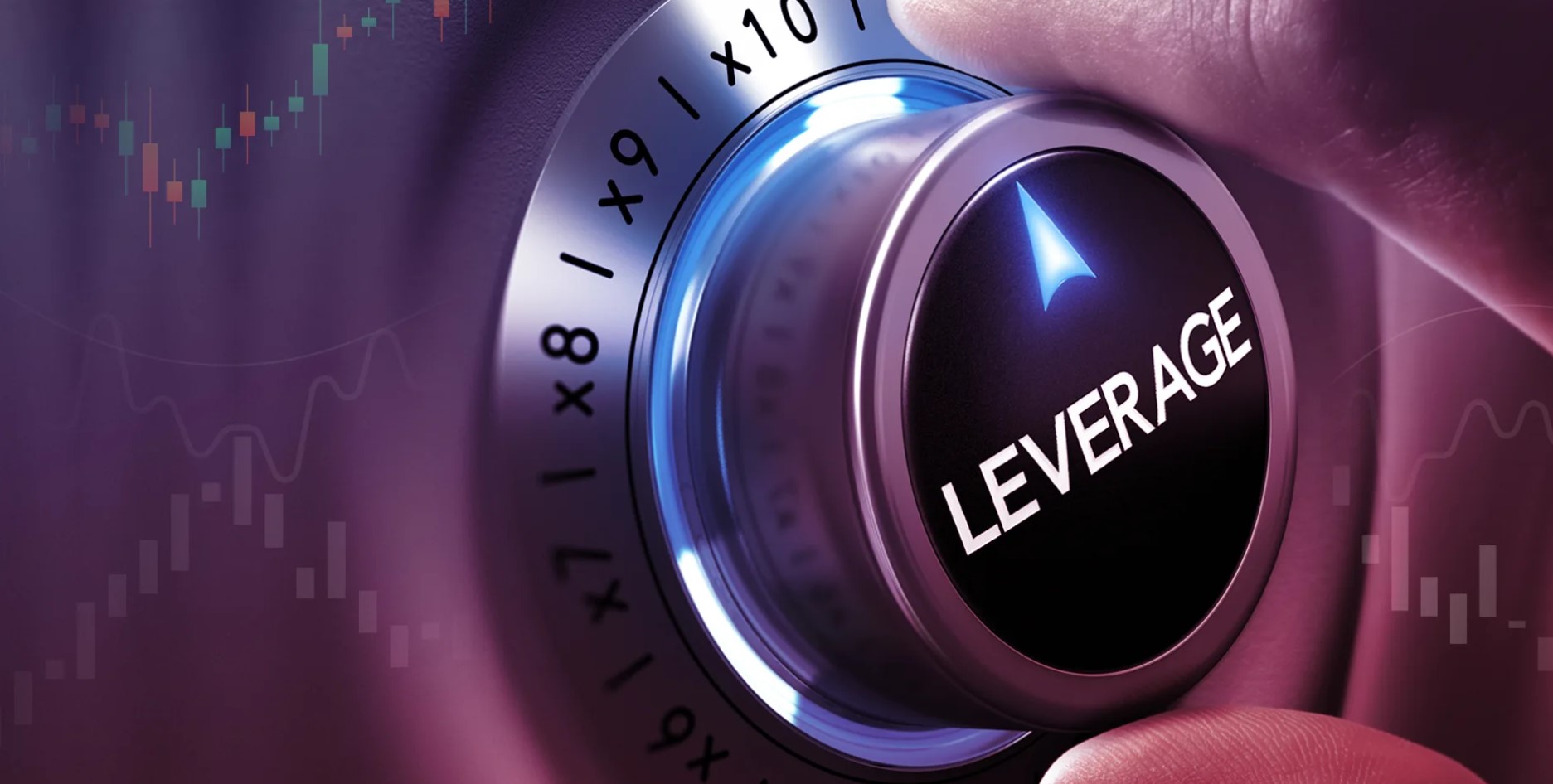Forex, short for foreign exchange, is the global marketplace where currencies are traded. It’s one of the largest and most liquid financial markets globally, with traders buying and selling currencies 24/5. To effectively participate in Forex trading, you need to comprehend the concepts of leverage and margin.
Forex trading is not limited to major financial institutions and corporations; it’s accessible to individual retail traders. The primary objective of Forex trading is to exchange one currency for another, speculating on the price movement to make a profit. Unlike traditional stock markets, Forex operates over-the-counter (OTC), meaning there is no central exchange, and transactions occur directly between participants electronically.
The Forex market’s size and liquidity make it an attractive choice for traders. With a daily trading volume exceeding $6 trillion, it offers ample opportunities for profit. However, this also means that the market can be highly volatile, and understanding how leverage and margin work is essential for navigating these fluctuations successfully.
What Is Leverage?
Leverage allows traders to control a more substantial position in the market with a relatively small amount of capital. It acts as a multiplier, amplifying both potential profits and losses. Leverage is expressed as a ratio, such as 50:1 or 100:1, representing the amount of capital you can control compared to your initial investment.
Advantages of Leverage:
| Advantages | Benefits |
| Amplified Gains | Potential for significant profits with a small investment |
| Diversification | Ability to control multiple positions simultaneously |
| Access to Markets | Entry into markets otherwise beyond reach |
Risks of Leverage:
| Risks | Potential Drawbacks |
| Magnified Losses | Increased losses in the event of adverse market moves |
| Margin Calls | Higher likelihood of receiving margin calls |
| Psychological Pressure | Emotional challenges and impulsive decisions with high leverage |
In the next section, we’ll explore how leverage works in more detail and provide examples to illustrate its impact on trading outcomes.
How Leverage Works
Understanding how leverage works is fundamental to grasp its implications fully. When you enter a trade with leverage, your broker essentially loans you the additional capital required to control a more substantial position. This borrowed money allows you to amplify your potential gains or losses.
In the example mentioned earlier, if the market moves in your favor by 1%, you make a $500 profit on a $1,000 investment. However, without leverage, that same 1% market move would only yield a $10 profit on your initial $1,000 investment. While leverage can significantly boost your profitability, it also exposes you to higher risks.
Advantages of Leverage
Leverage, when used judiciously, offers several advantages for Forex traders:
Amplified Gains: Leverage allows you to potentially earn significant profits with a small investment. It can be a powerful tool for traders who capitalize on short-term price movements.
Diversification: You can diversify your portfolio by controlling multiple positions simultaneously. This diversification can help spread risk across different currency pairs and trading strategies.
Access to Markets: Leverage provides access to markets that may otherwise be beyond your reach. It allows traders with limited capital to participate in Forex trading and take advantage of market opportunities.
In the next sections, we will explore the potential risks associated with leverage and how to choose the right leverage for your trading style and risk tolerance. Understanding both the benefits and drawbacks of leverage is vital for your success in the Forex market.
Risks of Leverage
- Magnified Losses: Just as gains are amplified, so are losses. A small adverse market move can wipe out your entire investment.
- Margin Calls: Using high leverage increases the likelihood of receiving margin calls from your broker.
- Psychological Pressure: Trading with high leverage can be emotionally challenging, leading to impulsive decisions.
Choosing the Right Leverage
Selecting the appropriate leverage depends on your risk tolerance, trading strategy, and experience. Novice traders are often advised to start with lower leverage to minimize risks.
What Is Margin?
Margin is the collateral required by your broker to maintain your open positions. It ensures that you have sufficient funds to cover potential losses. Margin is usually expressed as a percentage of your total position size.
In conclusion, understanding Forex leverage and margin is paramount for success in the foreign exchange market. While leverage offers the potential for substantial gains, it also carries inherent risks. It’s crucial to strike a balance between risk and reward, use margin wisely, and implement effective risk management strategies to navigate the Forex market successfully.
Frequently Asked Questions (FAQs)
- What is the maximum leverage allowed in Forex trading? The maximum leverage allowed varies by region and regulatory authority. In some jurisdictions, it can be as high as 500:1, while in others, it’s capped at 30:1 or lower.
- Is it possible to trade Forex without using leverage? Yes, it’s entirely possible to trade Forex without leverage. Many traders choose lower leverage or even opt for no leverage to minimize risk.
- How can I calculate margin requirements for a specific trade? You can calculate margin requirements using the formula: Margin = (Position Size / Leverage) * Current Market Price.
- What should I do if I receive a margin call from my broker? If you receive a margin call, consider depositing additional funds to meet the margin requirement or closing some losing positions to free up margin.
- Are there any alternatives to leverage for maximizing Forex trading profits? Yes, traders can explore other strategies like position sizing, diversification, and risk management to optimize their trading performance without relying solely on leverage.

